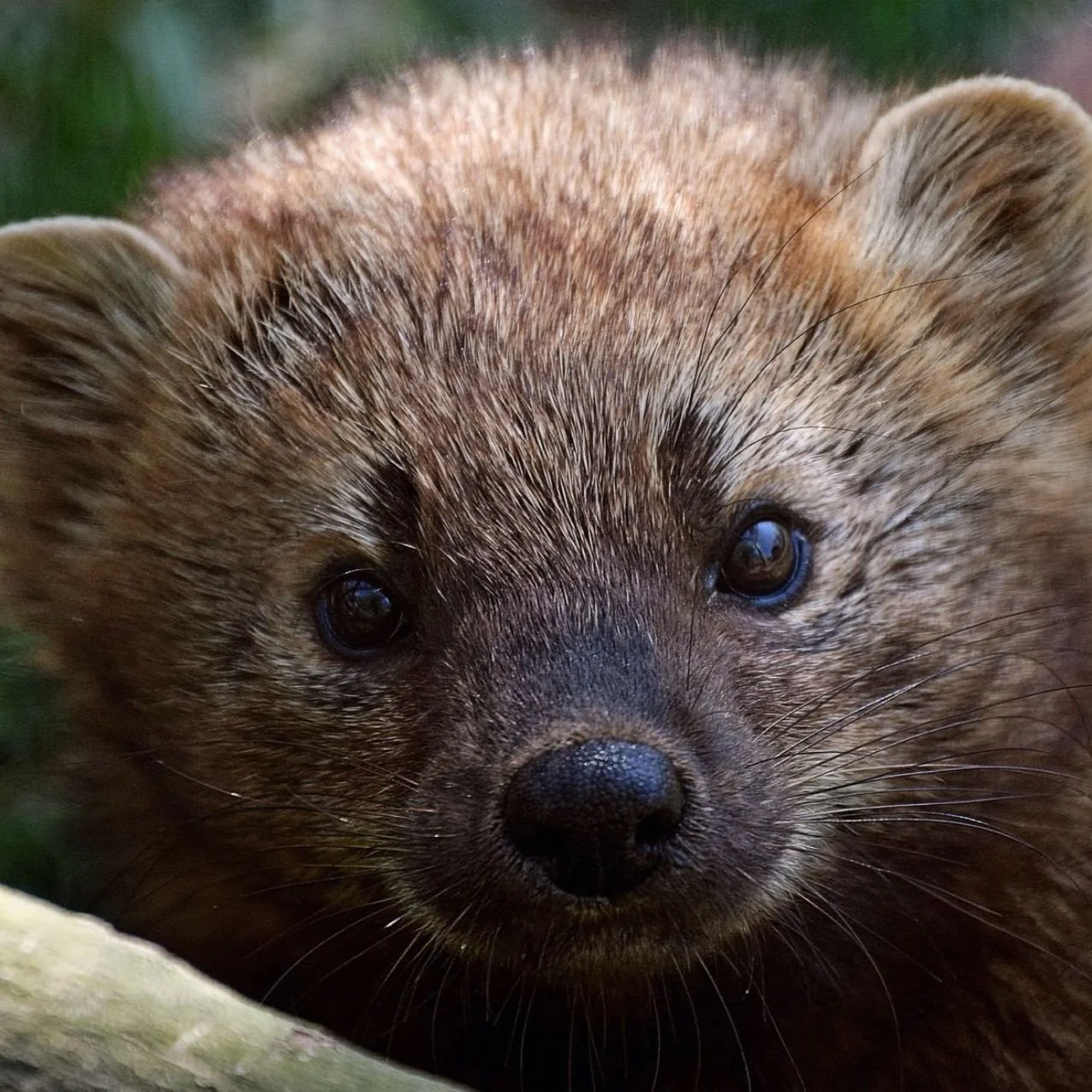Flying south for the winter? These birds did it first
/See which birds are leaving—and visiting—the Potomac River region this season!
tundra swans. Photo by Steve Droter/Chesapeake Bay Program via flickr (CC BY-NC 2.0)
When the leaves begin to fall and a chill spreads through the air, some of us may get the urge to travel to warmer destinations—and that’s not a feeling exclusive to humans!
While we might travel for fun, business, or to visit our loved ones, many birds living around the Potomac River region fly south to find better food and habitat while temperatures drop in the Mid-Atlantic. (But, unlike us, they usually take off and land on schedule 😬)
Whether they’re permanent or part-time residents, countless birds (and other wildlife) rely on the Potomac River to provide them with food and habitat. That’s one of many reasons Potomac Conservancy works to conserve riverside forests and farmland, making sure these crucial spaces are protected forever so birds and other animals can thrive throughout the region.
Protecting the Potomac’s lands and waters helps make it possible for our migratory avian friends to continue to visit the Potomac region year after year. Our region’s birds and their behaviors are incredibly diverse: some prefer to nest in tall trees while others stick close to the ground, hiding and hunting for food among shrubbery. Some even hunt on the river itself. Development and urban sprawl have put bird habitats at risk, including large forests nestled away from human activity.
Learn more about six bird species migrating this winter, where they’re headed, and where you might be able to spot them when they come back!
Indigo bunting
indigo bunting. photo by kelly colgan azar via flickr (CC BY-ND 2.0)
These little songbirds migrate in large flocks in the fall and can travel up to 1,200 miles one way during their annual migration to Central America, settling in the Caribbean Islands. The journey takes place over roughly one month. Some even make it all the way to South America, taking up residence in the northernmost parts of Colombia and Venezuela.
But not to worry, indigo buntings are expert fliers—they fly at night and navigate using the stars! They find their way back to the Potomac in the spring and summer to breed. They sing all summer long, perched on tall trees or power lines along the edges of wooded areas or roadsides, and they’re often sighted throughout the C&O Canal Park.
The male indigo bunting boasts jewel-toned coloring, but its feathers actually have no blue pigment at all! The coloring results from special structures in the feathers that refract blue light. With brown coloring, females and fledglings are harder to spot.
Worm-eating warbler
worm-eating warbler. photo by tom benson (CC BY-NC-ND 2.0)
Another long-distance migrant, the worm-eating warbler sets off for the Caribbean and Central America in August, staying in the tropics until spring. The trilling, yellowish brown songbird prefers dense, wetland forests, which makes the Potomac region a perfect place to spend the warmer part of the year.
This bird stays low to the ground and gets most of its food by “gleaning,” or picking insects off of plants and fallen leaves. Despite its name, this warbler does not eat worms too often. Instead it hunts for grubs, caterpillars, and other insects.
Worm-eating warblers are very territorial and often return to the same patch of land every summer and winter. They’ve been spotted at several parks near the Potomac, including Blockhouse Point Conservation Park and Great Falls National Park. If you have a sharp eye, you might even be able to see baby warblers hopping around, as the young birds typically leave their nests only eight to ten days after hatching!
Hawks
broad-winged hawk. photo by jeff bryant via flickr (CC BY-NC 2.0)
While some hawks, like the red-tailed hawk, stay in the Potomac region all year, some only stop by the river during their travels south. In fall, the broad-winged hawk begins its journey from New England or as far north as Canada down to South America, some making it as far as Bolivia. The best time to see this striped-tailed bird in the Washington, DC, area is in mid- to late September.
This bird of prey travels in flocks called “kettles”—up to 1,000 hawks all flying in swirling motions, using thermal columns to conserve energy on their long journey. The raptors fly over 4,000 miles to its wintering grounds, where they establish themselves on the outskirts of tropical forests.
Once they arrive at their winter home, broad-winged hawks take a well-deserved rest by staying within a mile radius of where they settle, until they head back north when spring rolls around, looking for secluded forested spots to visit along the way.
Known as the “fish hawk”, osprey leave the Potomac region in late summer for Central America, although some may spend winter in Florida. This large raptor can have a wingspan of 6 feet and its diet consists of fish, fish, and more fish, diving in the water feet-first to capture its prey. Its favorite meals in the Potomac and throughout the Chesapeake Bay area include shad, menhaden, and perch, all of which spawn in spring and are plentiful throughout the summer.
Waterfowl
green-winged teal. photo by richard griffin via flickr (CC BY-NC 2.0)
While some birds head south for winter, others head toward the Potomac to spend the cold season—including many waterfowl like swans, ducks, and geese.
Tundra swans usually arrive in the area at the end of fall, settling around the water until March, when they return to Alaska and Canada to breed. They have previously been sighted in Mason Neck and Crow’s Nest Natural Area Preserve, both in Virginia.
Another over-winterer called the green-winged teal can be spotted in the Potomac’s tidal marshes from fall through spring. The male ducks sport emerald swatches around their eyes, but the females are mostly brown and hard to distinguish. In the summer, they’ll return to their breeding grounds in Canada or the northernmost United States.
Protecting the Potomac’s lands is key
This winter, keep an eye out for avian visitors, and get ready to spot the many birds making their way back to the Potomac once spring comes around!
And no matter the season, you can help protect the Potomac River and the critical habitat it provides to a wide variety of birds and other local wildlife. As a leading clean water organization, Potomac Conservancy protects forests and streamside lands these animals need to thrive in the face of rapid deforestation, pollution, and a changing climate. Sign up for our free monthly River Update newsletter today for local environmental news and opportunities to protect our forests, wildlife, and hometown river!












